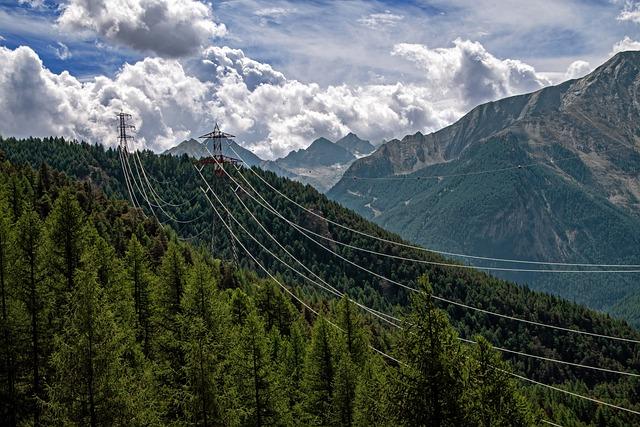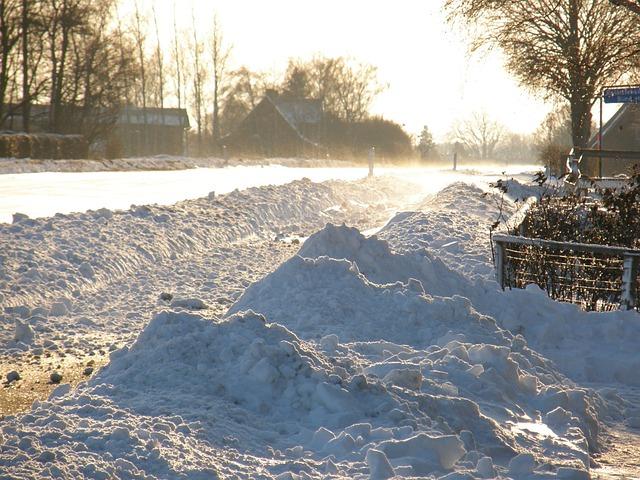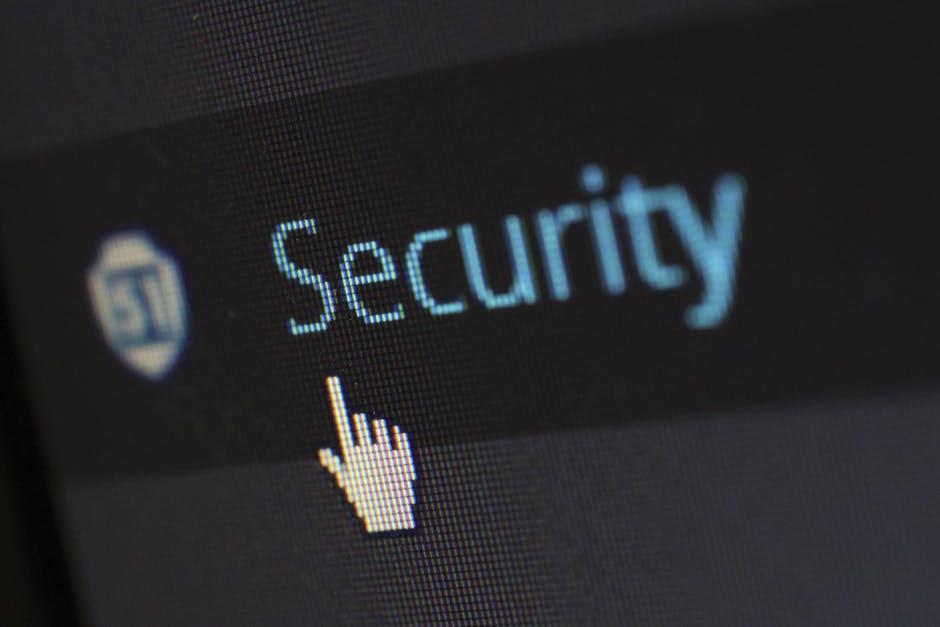In recent years, the use of drones has revolutionized many industries, including tree care. With their ability to reach even the most inaccessible areas and provide detailed aerial views, drones have become valuable tools for arborists and tree care professionals. This article explores the various ways in which drones are being utilized in tree care, from assessing tree health to planning maintenance and hazard mitigation.
Drones have revolutionized tree care operations by providing a range of benefits that enhance efficiency, precision, safety, and cost savings. Utilizing drones in tree inspections allows for quick and comprehensive assessments of tree health, identifying issues such as disease, pests, or structural weaknesses. This data can then be used to develop targeted treatment plans, ultimately improving the overall health and longevity of trees.
When it comes to tree pruning and trimming, drones offer unparalleled precision that is difficult to achieve with traditional methods. By using drones equipped with high-resolution cameras and advanced technology, arborists can accurately pinpoint areas that require attention, leading to more efficient and effective pruning practices. Additionally, the use of drones minimizes the need for climbing trees or using heavy equipment, reducing the risk of accidents and injuries during tree care operations.
Furthermore, the integration of drone technology in tree maintenance not only enhances safety measures but also provides cost-effective solutions for managing tree care tasks. Drones can access hard-to-reach areas, such as tall or densely vegetated trees, without the need for specialized equipment or manual labor. This streamlined approach not only saves time and resources but also ensures that tree care professionals can focus on delivering high-quality services to their clients.
Q&A
Q: What are some of the benefits of using drones in tree care?
A: Drones can provide a bird’s eye view of trees, allowing arborists to assess health, identify potential risks, and create precise treatment plans.
Q: How are drones used to assess tree health?
A: Drones equipped with cameras and sensors can capture high-resolution images of trees, which can be analyzed to gauge the health of the tree, detect diseases or pests, and monitor growth patterns.
Q: Can drones be used for tree pruning and maintenance?
A: Some drones are equipped with precision cutting tools that can safely prune branches and perform maintenance tasks on trees that are difficult to access using traditional methods.
Q: How do drones help with tree risk assessment?
A: Drones can be used to inspect trees in hazard zones, such as near power lines or buildings, without putting arborists at risk. This allows for early detection of potential risks and the implementation of preventative measures.
Q: Are there any limitations to using drones in tree care?
A: While drones can provide valuable insights and efficiencies in tree care, they may not be suitable for all situations, such as in dense forests or during adverse weather conditions. Additionally, drones require skilled operators and compliance with regulations.
Conclusion
the use of drones in tree care has proven to be a valuable tool for arborists and tree care professionals. Drones can efficiently assess tree health, identify potential risks, and monitor large areas of vegetation. While there are limitations and challenges to using drones in tree care, advancements in technology continue to improve the capabilities of these aerial devices. As the industry evolves, it is important for tree care professionals to stay informed and adapt to new technologies that can enhance their work in maintaining healthy and beautiful trees.
Simpsons Tree Services, Servicing Melbourne’s North Eastern Suburbs
Book a quote online at www.simpsonstrees.com.au




